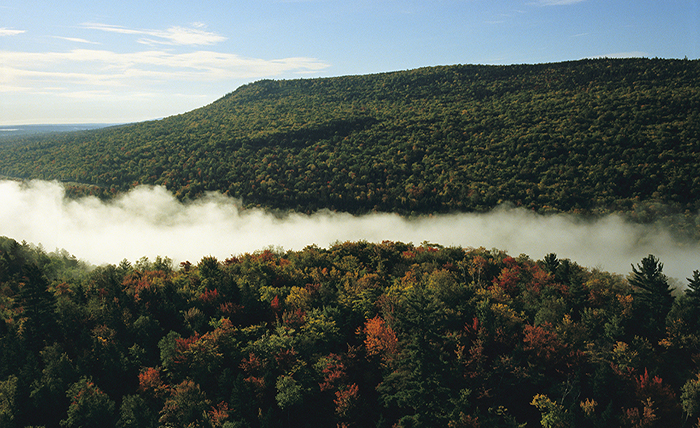
Originally published by the Leonardo DiCaprio Foundation on August 22, 2018.
By PJ Marshall, Executive Director & Co-Founder, Restore the Earth Foundation
Business growth and sustainability are ever more interdependent. Companies relying on the natural resources of our earth to support their value chains are competing against the backdrop of unpredictable climate change impacts. The need to adapt to growing regulatory, environmental and consumer pressures is a must. Today, a commitment to corporate stakeholders is a commitment to doing more than just protecting what’s left of our environment. It is a commitment to restoring what we have lost. And that is where landscape scale restoration comes in.
Landscape scale restoration is among the most powerful, cost-effective and sustainable approaches to building long-term resilience for businesses and communities. This “back-to-the-future” approach to tackling climate change requires big thinking and big investments– we’re talking about restoring 10,000 acres or more of environmentally degraded land, wetlands and soil hydrology. It is a holistic approach with a framework that integrates environmental, social and economic concerns.
At Restore the Earth Foundation, we are restoring one million acres along the Lower Mississippi River Basin – the largest project of its kind in the world. This mighty river is the third largest watershed on the planet, and the most ecologically degraded region in North America. Once complete, this initiative, dubbed the North America’s Amazon Project, will reduce carbon emissions in the U.S. by two percent; reverse the impact of the Gulf dead zone by 12 percent; create $12 billion in economic value and improve countless lives. It also will create co-benefits and quantifiable and verifiable value for corporate investors and their stakeholders.
The success of the North America’s Amazon Project and other similarly large and complex restoration initiatives depends on corporate champions, forward-thinking sustainability leaders seeking innovative ways to meet ambitious carbon commitments and respond to our earth’s resource challenges. It is this rationale that prompted Restore the Earth to create the EcoMetrics methodology to capture the full monetary value of restoration to build the business case for corporate investments. We can demonstrate market and non-market value for companies and their stakeholders on whom the financial health of the business depends – customers, employees, and members of the communities they serve. All monetized values are fully documented and third-party verified in a report ready for audit.
Entergy Corporation, a leading electric power production and retail distribution company, is investing in restoration in Louisiana’s Tensas National Wildlife Refuge. For every $1 that Entergy invests to restore 2,000 acres of forest, the company creates $36 of integrated environmental, social and economic value. Further, the nearly $120 million in created value can be accounted for on Entergy’s integrated reporting balance sheet. A 36:1 return on investment is a very attractive return by all accounts. And while different restoration projects deliver varying returns, time and again we see consistent, steady returns of 9:1 or more.
As companies vigorously seek innovative ways to tackle climate change and reduce their environmental footprint, the opportunity to meet these goals while creating significant corporate and stakeholder value makes landscape-scale restoration an investment-worthy opportunity. In addition to the proven environmental benefits of restored forests, wetlands and soil hydrology, corporate investors will profit from significant increases in brand perception, employee affinity and an enhanced social license to operate. Looking at restoration through the lens of holistic corporate value, the business case is solid and the opportunity awaits. It is time to see the forest and embrace the power of the trees.
To view the original article go to Leonardo DiCaprio Foundation.